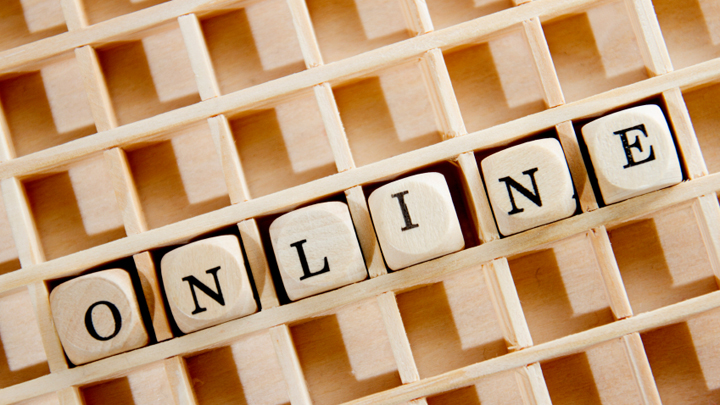20 internet terms you need to know

We love the internet. The possibilities are truly endless now we have the internet to connect us constantly to one another and to our friends and family. With all the positive that come with the ability to be online, sometimes it is hard to have a grasp on every single thing that is going on – there’s too much!
In your time using computers, you may have picked up on some slang terms and lingo, and not others. So you aren’t out of the loop as our digital world continuously develops, we have given some definitions for 20 words you may have heard, but didn’t know the meaning of.
1. Trolling
At its worst, internet trolling means purposely spreading hatred, racism, misogyny, bigotry, conflict and any other kind of unpleasantness. In milder cases it’s about causing interpersonal conflict just for the sake of it. It’s often political, social or cultural. But when a troll posts abusive and hurtful comments about a specific person, it’s called flaming. Either way, it’s anonymous.
2. Newsfeed
On Facebook, you have a newsfeed, which is rolling coverage of friends’ statuses and updates, plus other pages you may have liked. A newsfeed is not your profile (accessible by clicking your name), or a page’s feed.
3. Meme
A meme is a funny image or video that is copied and spread rapidly by internet users.
4. GIF
Short for ‘Graphics Interchange Format’, a GIF is a type of image file. When it is animated it might blink, flash or have moving elements, and may be funny.
5. URL
A URL (Uniform Resource Locator) is the address of a specific website or file on the internet. URLs are different from page or website names, as they cannot have spaces or certain other characters and uses forward slashes to denote different directories. The first part of a URL indicates what kind of resource it is addressing e.g. http (a hypertext directory or document (such as a Web page). The second part, after the “://”contains the address of the computer being located as well as the path to the file.
6. ISP
Internet Service Provider, such as iiNet, Telstra, or TPG.
7. Bluetooth
Wireless technology enabling the exchange of data over short distances, creating a personal network which allows users to connect wireless devices and the internet.
8. VPN
Virtual Private Network: a method of creating a secure connection between two points over the internet. Normally used only for business-to-business communications, but more recently has become popular for its ability to access localised content from anywhere in the world.
9. Streaming media
Streaming media is video or audio content sent in compressed form over the internet and played immediately, rather than being saved to a hard drive.
10. Cache
A computer system in a network that keeps copies of the most-recently requested Web pages in memory or on disk in order to speed up retrieval
11. Cookies
A small file which asks permission to be placed on your computer’s hard drive. Cookies allow web applications to personalise your experience by gathering and remembering information about your preferences.
12. Phishing
An attempt at identity theft in which criminals lead users to a counterfeit website in the hope that they will disclose private information such as user names or passwords.
13. Cloud
The delivery of storage and computing capacity to users via the internet. Commonly used for backing up data and hosting applications.
14. Android
An operating system developed by Google for mobile phones and other smart devices.
15. Bookmarking
Saving the address of a website or item of content for later use.
16. Podcast
Audio or video content that can be downloaded automatically through a subscription to a website so you can view or listen offline.
17. Avatar
An avatar is a computer user’s representation of themself or alter ego. This could be in the form of a 3D model used in computer games, or a photo used in internet forums and other communities.
18. Blog
Blog is short for ‘web log’. Blogs were originally designed to act as online diaries or journals, created so people could write about their everyday lives, opinions, experiences and preoccupations in a journal format, with the latest entries featured first.
19. LinkedIn
LinkedIn is a professional social networking site. It provides a way of building a network of peers, colleagues and associates.
20. Snapchat
Snapchat is a time-limited phone photo-sharing app for smart devices, which allows users to send images to each other that ‘self-destruct’ within one to ten seconds of being viewed. Users can send video clips in addition to images, which are deleted from the servers after they have disappeared.
Tell us, which of these definitions was most helpful for you?








 Proudly Australian owned and operated
Proudly Australian owned and operated